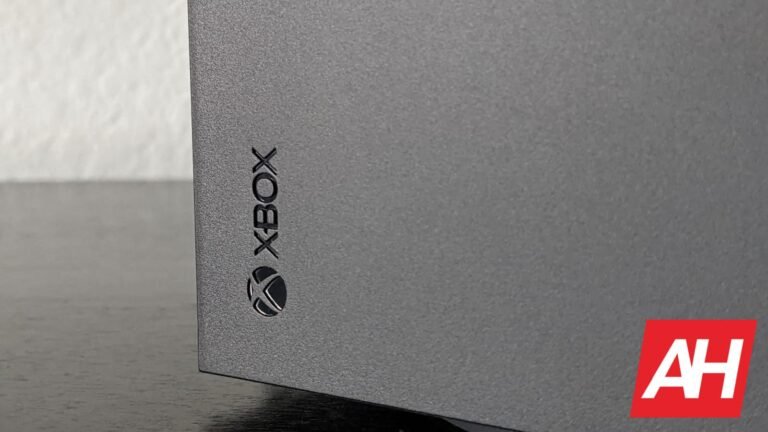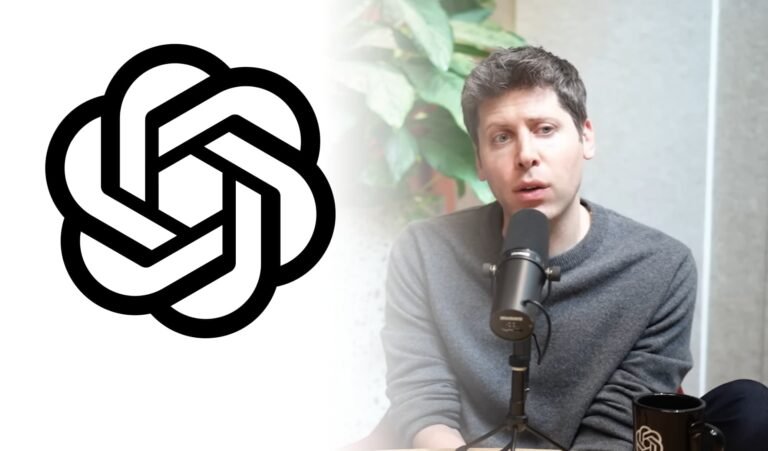![]()
The Google Pixel 9 is technically the weakest link in the Pixel 9 series, but it’s still a very compelling phone. We’ve compared it to a number of devices thus far, and it’s time to add one more to the list. This time around, we’re comparing the Google Pixel 9 vs OnePlus 13 specs. So, we’ll be comparing the vanilla Pixel 9 smartphone to the very best device OnePlus has to offer at the moment.
Needless to say, this is a comparison of two phones that are in completely different categories. The OnePlus 13 is more expensive, larger, and different in a number of ways. All that should make for a rather interesting comparison, that’s for sure. We’ll first list their specs and take it from there. Let’s get to it.
Specs
Google Pixel 9

OnePlus 13
| Google Pixel 9 | OnePlus 13 | |
|---|---|---|
| Dimensions | 152.8 x 72 x 8.5 mm | 162.9 x 76.5 x 8.5 mm or 8.9 mm |
| Weight | 198 grams | 210/213 grams |
| Display | 6.3-inch OLED | 6.82-inch LTPO 4.1 AMOLED |
| Refresh rate | 120Hz | 1-120Hz (adaptive) |
| Resolution | 2424 x 1080 | 3168 x 1440 |
| Chipset | Google Tensor G4 | Qualcomm Snapdragon 8 Elite |
| RAM | 12GB (LPDDR5X) | 12GB/16GB/24GB (LPDDR5X) |
| Storage | 128GB/256GB (UFS 3.1) | 256GB/512GB/1TB (UFS 4.0) |
| Main camera | 50MP (f/1.7 aperture, 1/1.31-inch sensor size, 1.2um pixel size, dual pixel PDAF, OIS) | 50MP (f/1.7 aperture, 1/1.43-inch sensor size, 1.12um pixels ize, multi-directional PDAF, OIS) |
| Ultra-wide camera | 48MP (f/1.7 aperture, 1/2.55-inch sensor size, 123-degree FoV, dual pixel PDAF) | 50MP (f/2.0 aperture, 1/2.75-inch sensor size, 120-degree FoV, PDAF) |
| Telephoto camera | N/A | N/A |
| Periscope telephoto camera | N/A | 50MP (f/2.6 aperture, 1/1.95-inch sensor size, 0.8um pixel size, 3x optical zoom, OIS) |
| Selfie camera | 10.5MP (f/2.2 aperture, 1/3.1-inch sensor size, 1.22um pixel size) | 32MP (f/2.4 aperture, 1/2.74-inch sensor size, 0.8um pixel size) |
| Battery size | 4,700mAh | 6,000mAh |
| Charging | 27W wired, 15W wireless (with Pixel Stand), 12W wireless (Qi), reverse wireless (charger not included) | 100W wired, 50W wireless, 10W reverse wireless, 5W reverse wired (charger not included) |
| Colors | Obsidian, Porcelain, Wintergreen, Peony | Black Eclipse, Arctic Dawn, Midnight Ocean |
Google Pixel 9 vs OnePlus 13: Design
These two phones do look considerably different, as you can see. The Google Pixel 9 features a flat display with a centered display hole up top. The OnePlus 13 has a quad-curved display with a centered camera hole up there. Quad-curved basically means that its corners on all sides curve down a little bit. The camera hole is also smaller on the OnePlus 13. That device also has thinner bezels, while both of them have uniform bezels.
The frame on both phones is made out of aluminum, and it’s flat all around. Both phones include physical buttons on the right-hand side. On the Pixel 9, the power/lock button sits above the volume rocker buttons. It’s the other way around on the OnePlus 13. OnePlus’ handset also has an alert slider on the left side. That phone also includes an IR blaster at the very top of the phone.
If we flip them around, you’ll notice considerably different backplates. First of all, the Pixel 9’s backplate is completely flat and glass-clad. The OnePlus 13’s curves towards the edges, as does its display, while you can choose between glass and eco leather backplates. The eco leather model is the blue model of the phone, and that one is the grippiest one, by far. They have completely different camera islands too.
The Pixel 9 includes a horizontal camera bar in the upper portion of its backplate. The OnePlus 13 has a circular camera setup in the top-left corner of its backplate. OnePlus’ handset also includes one extra camera on the back, so it has three in total. Both phones are IP68 certified, while the OnePlus 13 also adds the IP69 certification to that. The OnePlus 13 is considerably taller and wider, while it’s also a little bit heavier. It has a notably larger display after all.
Google Pixel 9 vs OnePlus 13: Display
The Google Pixel 9 has a 6.3-inch OLED display with a 2424 x 1080 resolution. That display is flat, and it supports HDR10+ content. Its refresh rate is 120Hz, and the peak brightness this panel can offer, in theory, is 2,700 nits. The screen-to-body ratio here is around 86%, while the display aspect ratio is 20:9. Corning’s Gorilla Glass Victus 2 protects the Pixel 9’s display.

The OnePlus 13, on the flip side, has a 6.82-inch 3168 x 1440 LTPO 4.1 AMOLED display. That panel is flat with a quad-curved glass on top of it. It can project up to 1 billion colors, and it has an adaptive refresh rate (1-120Hz). Dolby Vision is supported here, as is HDR10+ content. The same goes for HDR Vivid. The peak brightness here is 4,500 nits, in theory, while high-frequency PWM dimming is also supported (2,160Hz). The screen-to-body ratio is at around 90%, while the display is protected by the Ceramic Guard glass.
Both of these panels are really good, actually. They both offer vivid colors and good viewing angles. The touch response is good on both, while the blacks are deep. Both displays are also more than sharp enough, even though the OnePlus 13 does have the advantage there. It also has the advantage of adaptive refresh rate and high-frequency PWM dimming. So yes, it’s technically a better display, but most of you will be perfectly happy with either one.
Google Pixel 9 vs OnePlus 13: Performance
The Google Pixel 9 is fueled by the Google Tensor G4 processor. That is Google’s 4nm chip, and it’s paired with 12GB of LPDDR5X RAM inside this phone. Google also opted for UFS 3.1 flash storage here. The OnePlus 13, on the other hand, comes with the Snapdragon 8 Elite processor. That is Qualcomm’s 3nm chip, its most powerful one at the moment. That chip is paired with up to 24GB of LPDDR5X RAM (up to 16GB globally) and UFS 4.0 flash storage. Neither phone supports storage expansion, by the way.
The OnePlus 13 is technically a more powerful smartphone. Not only does it have a more powerful processor, but it has more RAM and faster storage too. When you compare the two phones directly, you will see the added speed boost. Yes, the OnePlus 13 is the more snappy phone of the two. Still, both smartphones are perfectly fluid when it comes to general operation, that’s for sure.
When it comes to gaming, the OnePlus 13 is the way to go. The added power thanks to faster CPU and faster storage definitely plays a role here, not to mention that it has a larger display. Low-end and mid-range games work perfectly fine on both, but high-end games definitely run better on the OnePlus 13. OnePlus’ phone also has better cooling in comparison, and gaming-focused software features too.
Google Pixel 9 vs OnePlus 13: Battery
The Google Pixel 9 includes a 4,700mAh battery on the inside. The OnePlus 13 has a 6,000mAh unit. That is a silicon-carbon battery, unlike the one in the Pixel 9. That’s a huge difference in battery capacity, even though the Pixel 9 has a smaller display. You’ll be glad to know that the Pixel 9 does offer good battery life, it does. However, it cannot compete with the OnePlus 13, not at all.
While most of you will be able to get to the end of the day on a single charge with either phone, the OnePlus 13 will offer more screen-on time in basically every scenario. In fact, we’ve realized that it can usually offer over 2 hours of added screen-on time, with our use, without a problem. The OnePlus 13 is an absolute beast when it comes to battery longevity, one of the best in that regard we’ve used this year.
OnePlus’ phone also takes the battery charging speed category. It supports 100W wired, 50W wireless, 10W reverse wireless, and 5W reverse wired charging. The Google Pixel 9 supports 27W wired, 15W wireless (Pixel Stand), 12W wireless (Qi), and 5W reverse wireless charging. Neither phone comes with a charger, unfortunately. Well, at least as far as the US is concerned.
Google Pixel 9 vs OnePlus 13: Cameras
The Google Pixel 9 has two cameras on the back. A 50-megapixel main camera (1/1.31-inch sensor size) is backed by a 48-megapixel ultrawide snapper (1/2.55-inch sensor size, 123-degree FoV). The OnePlus 13, on the other hand, includes three cameras on the back. A 50-megapixel main camera (1/1.43-inch sensor size) is joined by a 50-megapixel ultrawide camera (1/2.75-inch sensor size, 120-degree FoV) and a 50-megapixel periscope telephoto unit (1/1.95-inch sensor size, 3x optical zoom).

When it comes to camera quality, well, both do a great job. The images from the Pixel 9 are more contrasty, even though the OnePlus 13 also likes contrasty shots. We definitely prefer the colors that the OnePlus 13’s cameras offer, and they also look closer to real life. Both phones also do a great job in low-light, especially when it comes to their main cameras. Ultrawide cameras are also good, but a level or two below the main shooters. The OnePlus 13 wins the zoom shots category with ease, as the Pixel 9 doesn’t have a (periscope) telephoto camera at all.
All in all, they’re both good, and it all depends on what images you prefer to shoot. If you need a zoom camera, the OnePlus 13 is the way to go. If you want your pictures to look closer to real life, the OnePlus 13 is the way to go. There are those of you who prefer the Pixel look, Google’s image processing, and those extra contrasty shots, the Pixel 9 is a great option. Both are very capable.
Audio
You’ll find stereo speakers inside both of these smartphones. The ones in the OnePlus 13 are a bit louder, technically, but the difference is not that big at all. The sound output is very good from both phones.
There is no audio jack inside either of these two devices. You can utilize their Type-C ports, though, if you want to connect your wired headphones. Alternatively, Bluetooth 5.3 is on offer from the Pixel 9, while the OnePlus 13 offers Bluetooth 5.4.
The post Phone Comparisons: Google Pixel 9 vs OnePlus 13 Specs appeared first on Android Headlines.

